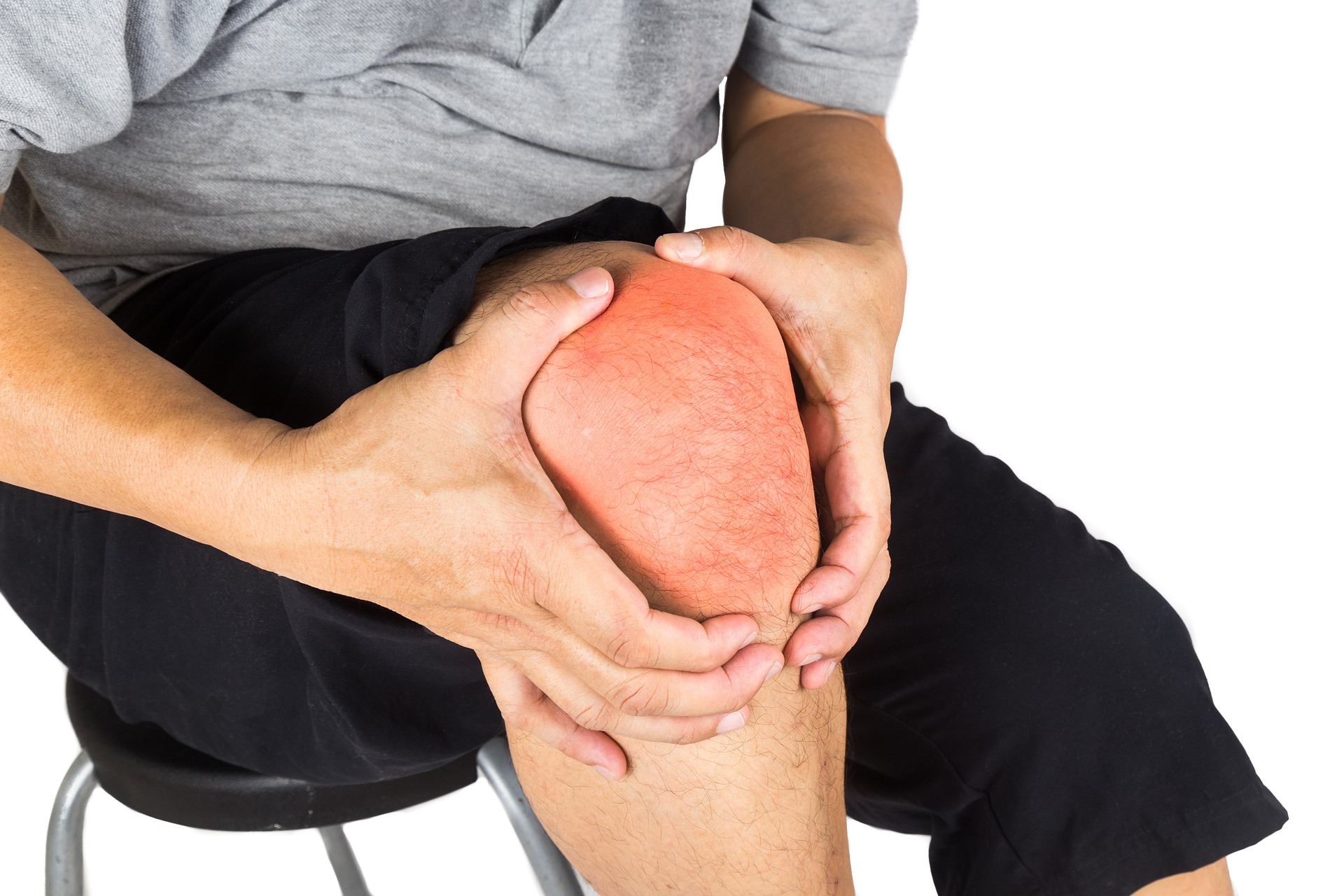
Photo courtesy Pixabay.
Stiffness, pain and infections in orthopaedic surgery is being tackled by Flinders University researchers driving innovation in alloy materials to produce safe and superior implants compatible with human tissue.
In their latest study in the , experts evaluated new titanium-based alloys containing gallium additions with the aim of offering beneficial antibacterial properties while having a reduced stiffness level to minimise discomfort when in contact with bone.
“The alloys in this work have shown very promising results and are part of ongoing efforts to improve components in orthopaedic implants,” says , a Senior Lecturer in Mechanical Engineering at Flinders University’s Tonsley campus.
“Compared to existing prostheses, the addition of gallium produces a superior material with antibacterial properties to improve patient outcomes while reducing potential pain, medical complications and long-term implant failure.”
 Materials Engineering graduate Rhianna McHendrie, first author in the newly published article, developed the new alloys as part of her master’s thesis at Flinders University. Further testing will be done in future.
Materials Engineering graduate Rhianna McHendrie, first author in the newly published article, developed the new alloys as part of her master’s thesis at Flinders University. Further testing will be done in future.
“The metal alloys developed in this project show a substantial enhancement in antimicrobial performance compared to the commonly used titanium alloy used in medical implants,” she says.
The research to improve implant materials was in collaboration with Flinders University experts and , from the Biomedical Nanoengineering Laboratory in the College of Medicine and Public Health.
At the same time, Dr Hashemi’s research group at Flinders University – in collaboration with experts from the Australian Orthopaedic Association ³Ô¹ÏÍøÕ¾ Joint Replacement Registry, Royal Adelaide Hospital and UniSA – are also looking into whether could be used as part of initial screening for hip and knee joint replacements in order to reduce long-term complications.
This research recommends into the usefulness of ML prediction modelling to realise the potential of various virtual selection techniques to improve the assessment of the most suitable total hip and knee prosthesis for each patient. An ML algorithm can have some advantages over conventional modelling if built to be flexible and adapt to changes in data over time.
The article (2024) by Rhianna McHendrie, Ngoc Huu Nguyen, Manh Tuong Nguye, Khosro Fallahnezhad, Krasimir Vasilev, Vi Khanh Truong and Reza Hashemi has been published in the Journal of Functional Biomaterials DOI: 10.3390/jfb15060167.
Acknowledgement: The latest antibacterial study was supported by Microscopy Australia and the Australian ³Ô¹ÏÍøÕ¾ Fabrication Facility (ANFF) under the ³Ô¹ÏÍøÕ¾ Collaborative Research Infrastructure Strategy, at the South Australian Regional Facility, Flinders Microscopy and Microanalysis, Flinders University.
/Public Release. View in full .








